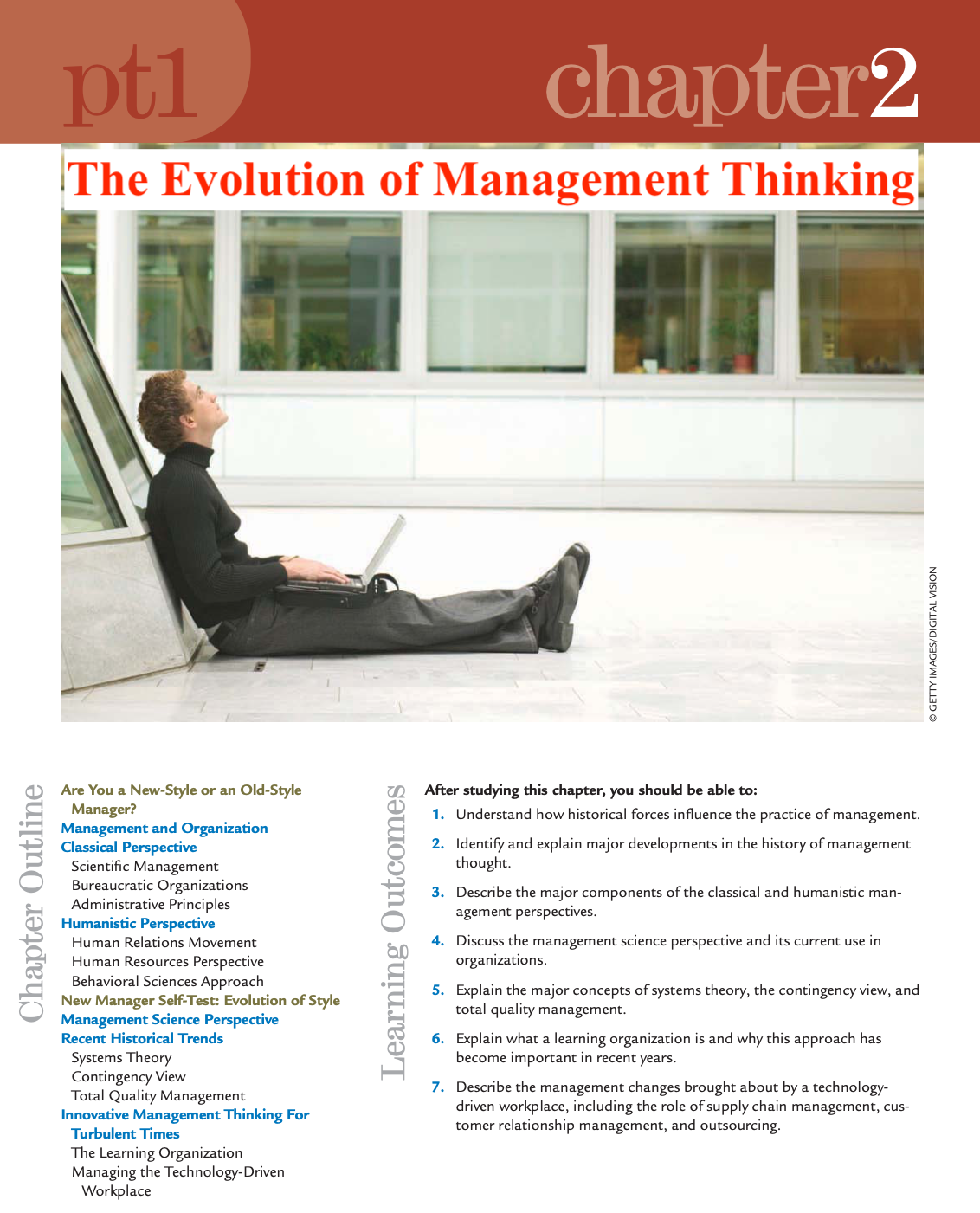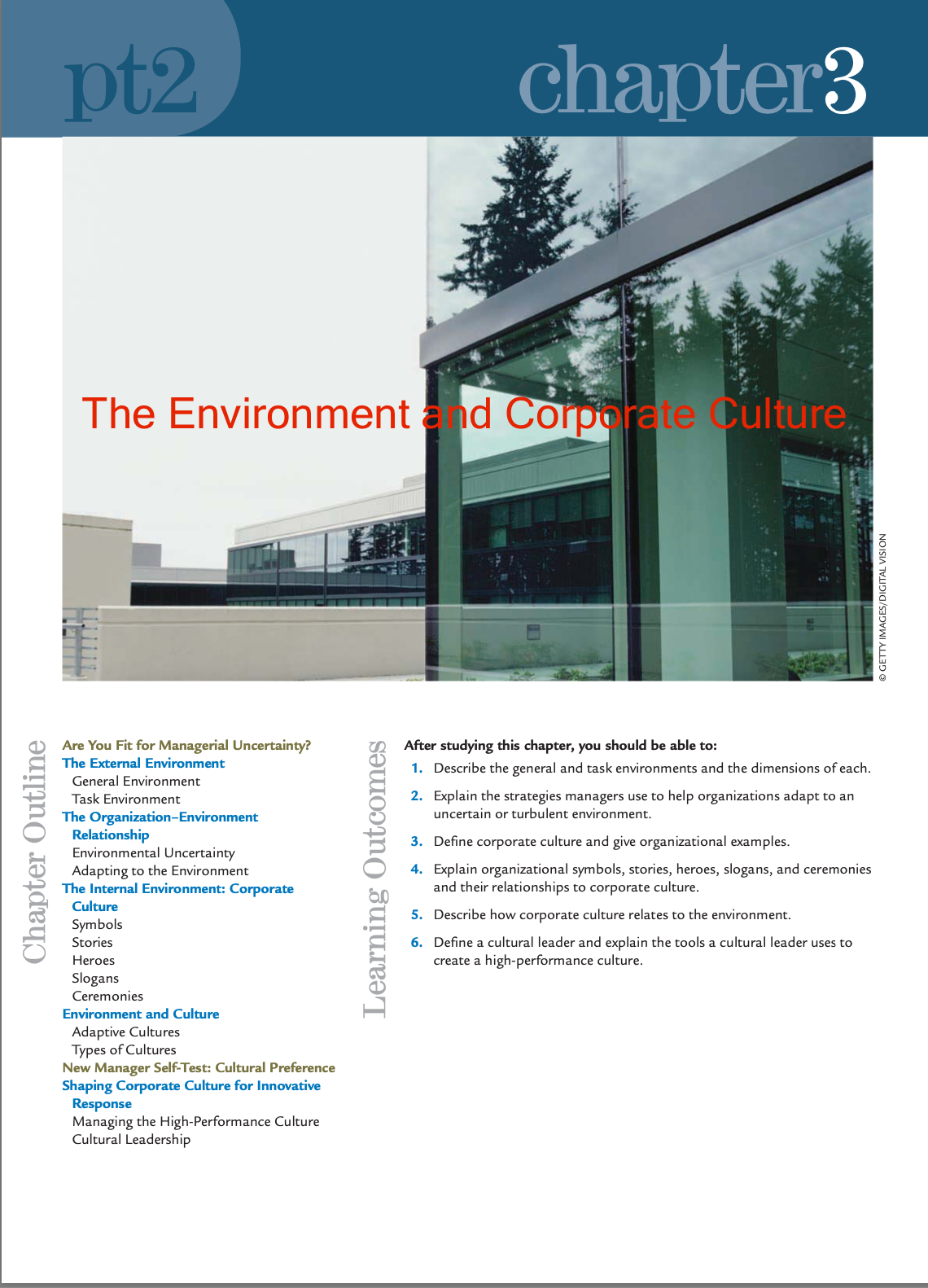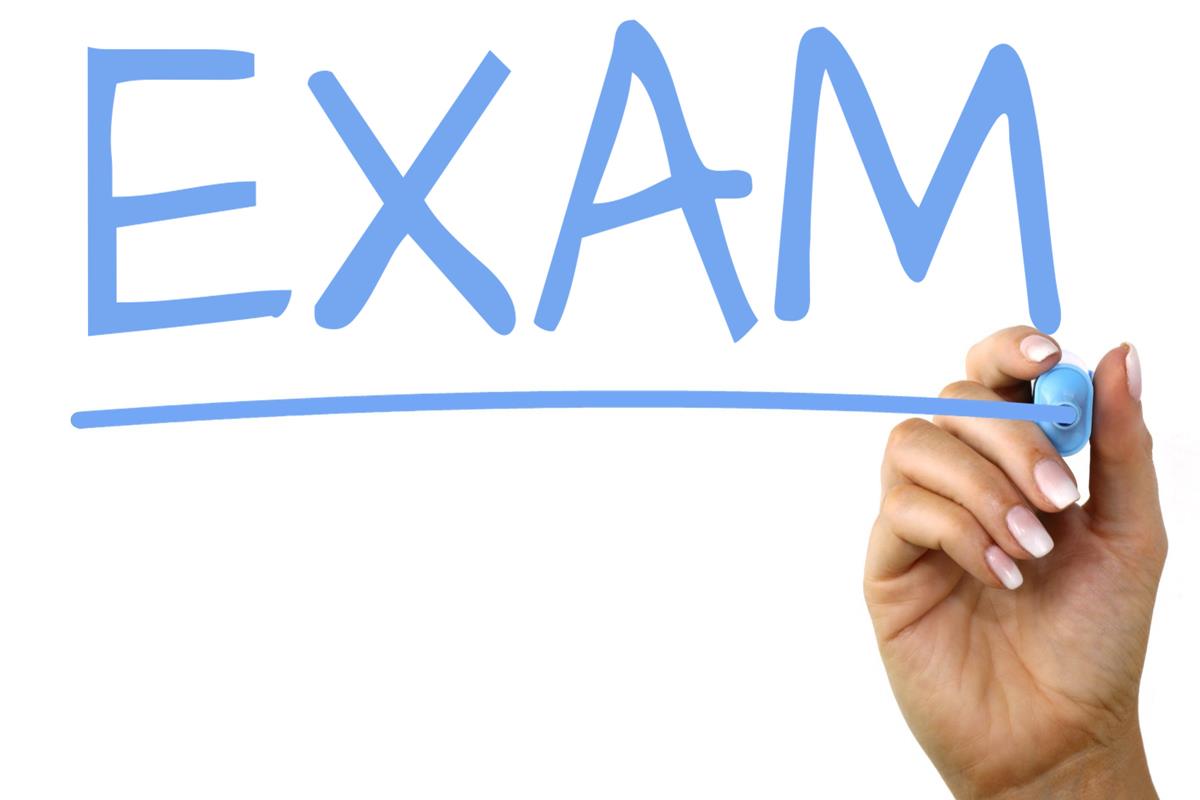བདུན་ཕྲག་རེ་བཞིན་གྱི་བཅུད་དོན།
ཡོངས་ཁྱབ།
MANAGEMENT INTRODUCTION
Bismillahirohmannirohim...
Assalamualaikum Wr Wb...Salam sejahtera untuk kita semua, Om Swastiastu, Nama Budaya, Salam Kebajikan..
Welcome to Management Introduction class
I hope you are always in good health so you can attend lectures well.
The lecturer of this course are Dr. Nova Mardiana, S.E., M.M. and Mr. Luthfi Firdaus, S.E., M.M.
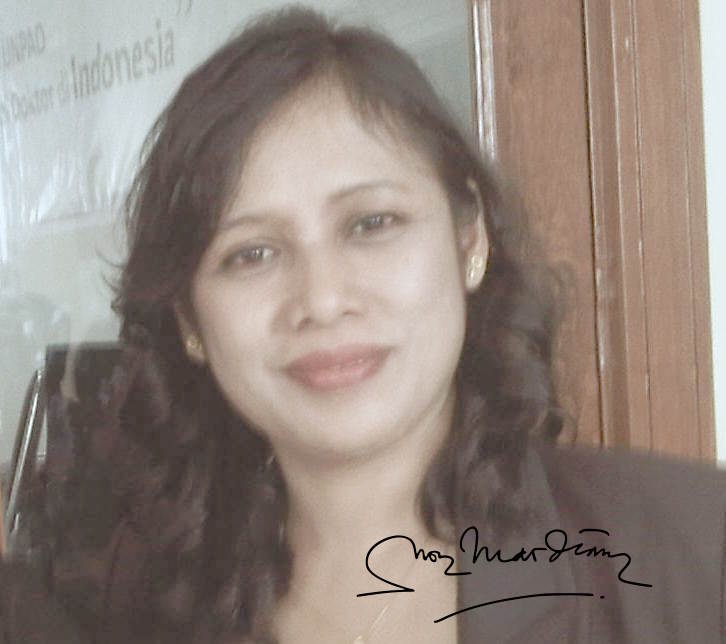

We will guide you to master the material of Management Introduction.
Have a good study!Class attendance:
All class attendance is mandatory. Punctuallity at all class meetings is highly expected. One half of your class participation grade is made up of class attendance, and each unexcused absence will cause you to forfeit the attendance credit for that day. Missing more than 30 minutes of class (either through arriving late or leaving early) will count as missing the entire class. Students arriving less than 30 minutes late will earn reduced class attendance credit for that day. Excused absences are only granted in cases of serious illness (proved with physician or medical doctor letter) or grave family emergencies, and each of these situations must be documented to our satisfaction. Any student who misses his/her group presentation due to an unexcused absence will forfeit 50% of the presentation points earned by the group. If there is a written/homework assignment to complete for class (noted on the syllabus), failure to do the assignment will result in no credit for attendance that day.
Excused Absences:
The following situations are as acceptable reasons for excused absences:
a) serious illness;
b) illness or death of family member;
c) University-related trips;
d) major religious holidays;
e) other circumstances you find to be "reasonable cause for nonattendance".
For those who have an excused absence, there will be an opportunity to make up missed work and/or exams. It is the student's responsibility to inform the instructor of the absence preferably in advance, but no later than one week after it. Bring with you any medical doctor prove of your illness or other proves of your absences for verification purpose.
a. Individual assignment
b. Group assignment
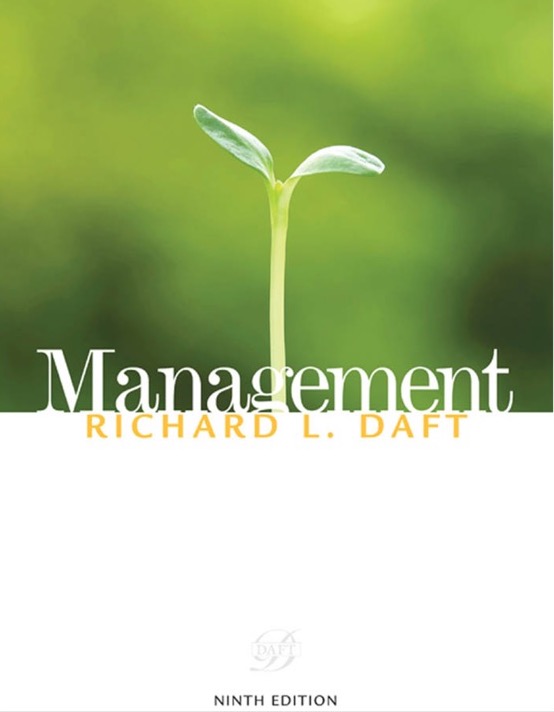
Managing in a Global Environment Managing Diversity
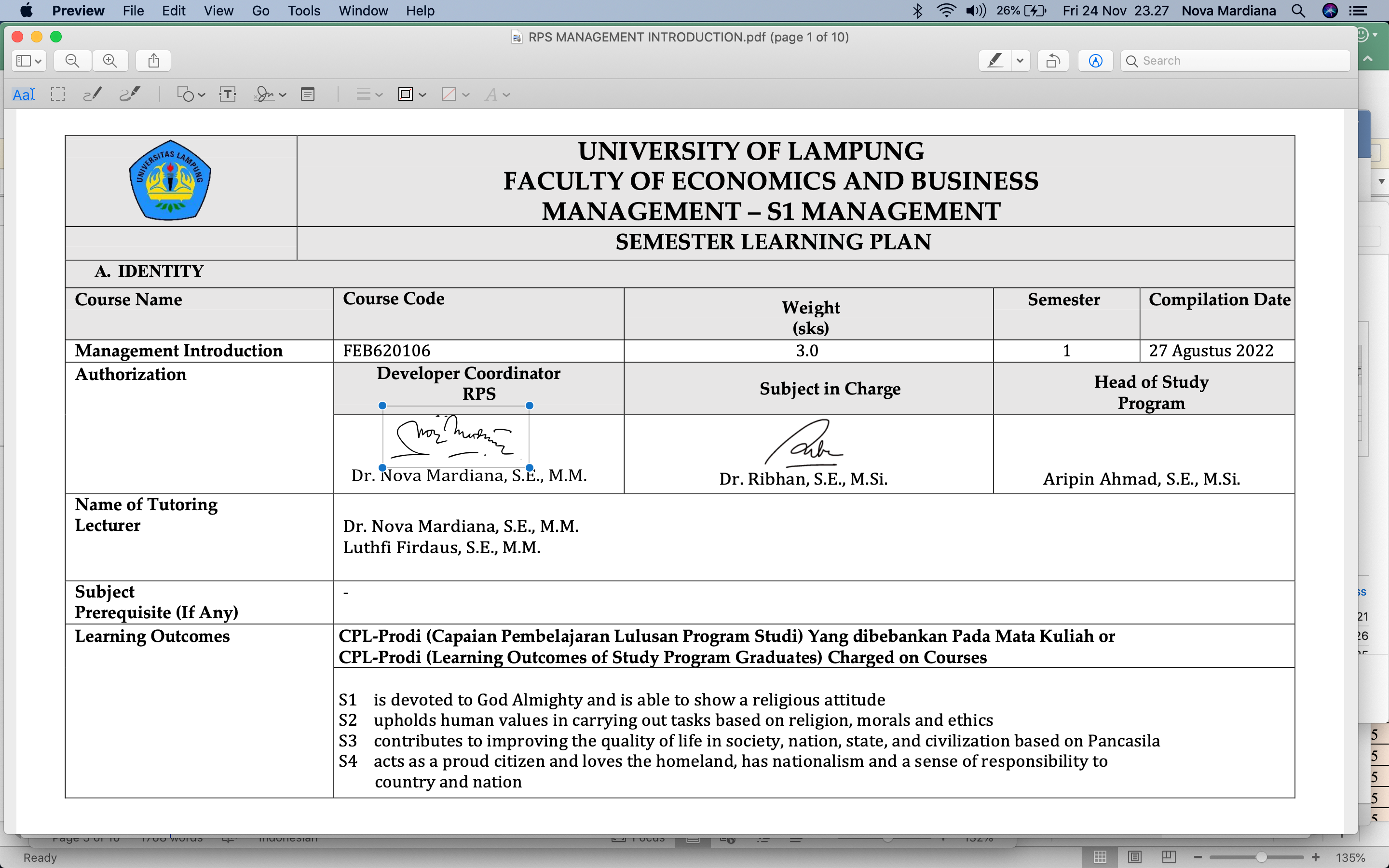
1st session; Ch 1. Innovative Management for Turbulent Times
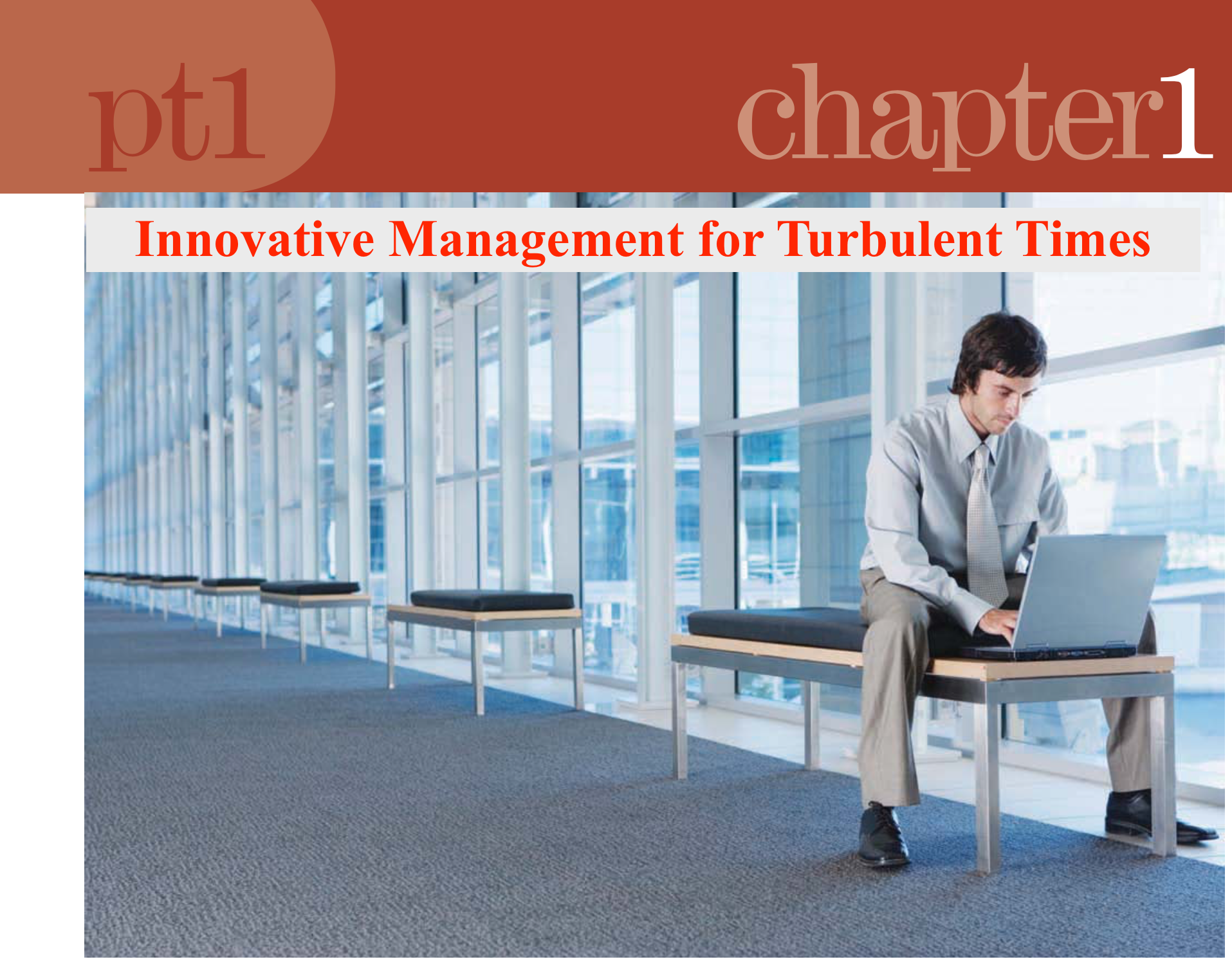
INTRODUCTION
Bismillahirohmannirohim..
Assalamualaikum Wr. Wb.
Salam sejahtera untuk kita semua, Om Swastiastu, Namo Budaya, Salam kebajikan...

Dear student...
After studying this chapter, you should be able to:
1. Describe the four management functions and the type of management activity associated with each.
2. Explain the difference between efficiency and effectiveness and their importance for organizational performance.
3. Describe conceptual, human, and technical skills and their relevance for managers.
4. Describe management types and the horizontal and vertical differences between them.
5. Define ten roles that managers perform in organizations.
6. Appreciate the manager’s role in small businesses and nonprofit organizations.
7. Understand the personal challenges involved in becoming a new manager.
8. Discuss characteristics of the new workplace and the new management competencies needed to deal with today’s turbulent environment.
PRESENTATION
Closing
Thank you very much for your seriousness in participating in the learning. Evaluation of your learning can be seen in the following folder.
See you next week
2nd session; Ch 2. The Evolution of Management Thinking
3rd session; Managing in a Global Environment Managing Diversity

Discribe the factors that shape a manager's ethical decision making
CLOSING
Thank you very much for your seriousness in participating in the learning. Evaluation of your learning can be seen in the following folder.
See you next week
4TH SESSION; Managing Social Responsibility and Ethics
After studying this chapter, you should be able to:
1. Define goals and plans and explain the relationship between them.
2. Explain the concept of organizational mission and how it infl uences goal setting and planning.
3. Describe the types of goals an organization should have and how managers use strategy maps to align goals.
4. Define the characteristics of effective goals.
5. Describe the four essential steps in the management by objectives (MBO) process.
6. Explain the difference between single-use plans and standing plans.
7. Describe and explain the importance of contingency planning, scenario building, and crisis planning in today’s environment.
8. Summarize the guidelines for high-performance planning in a fastchanging environment.
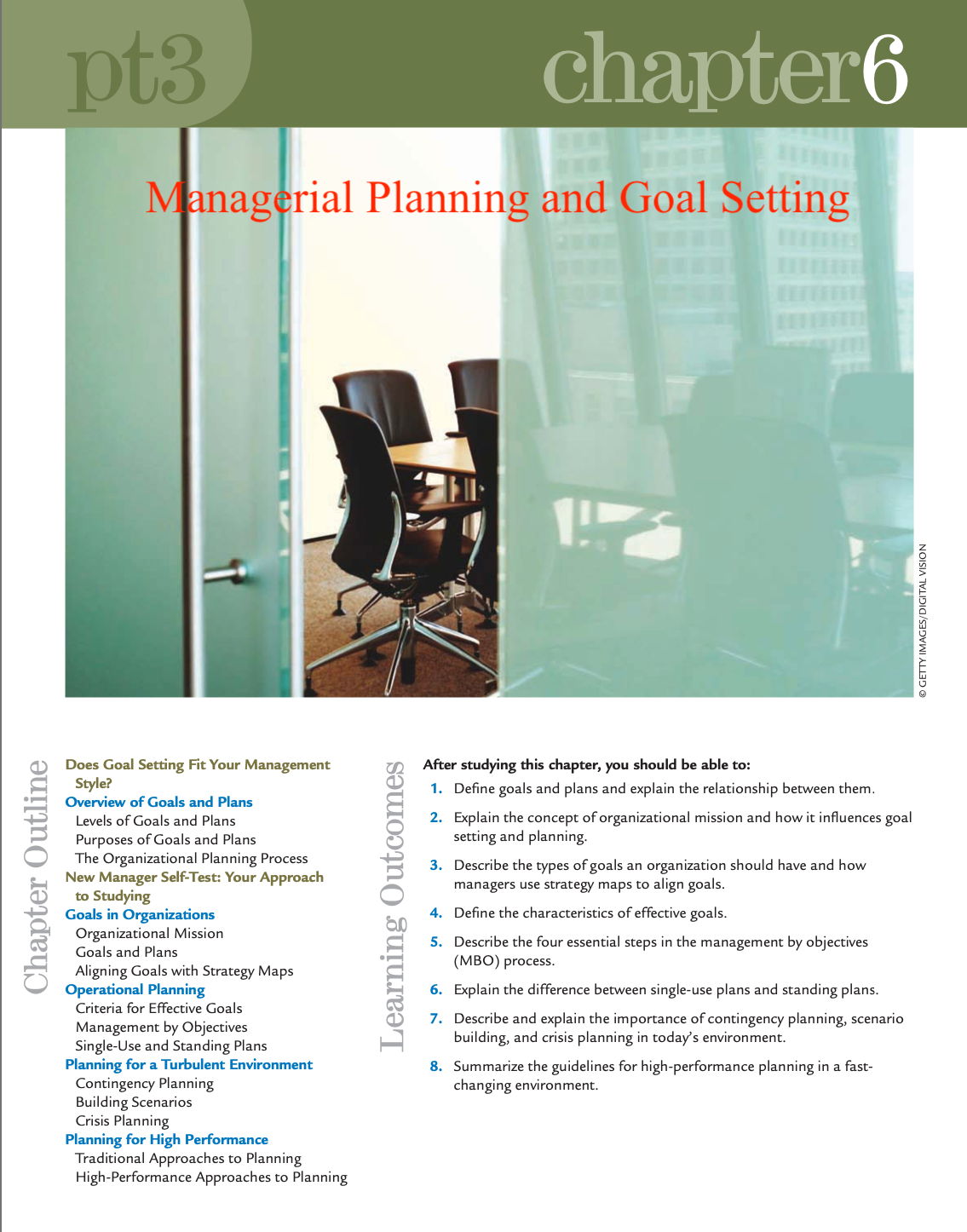
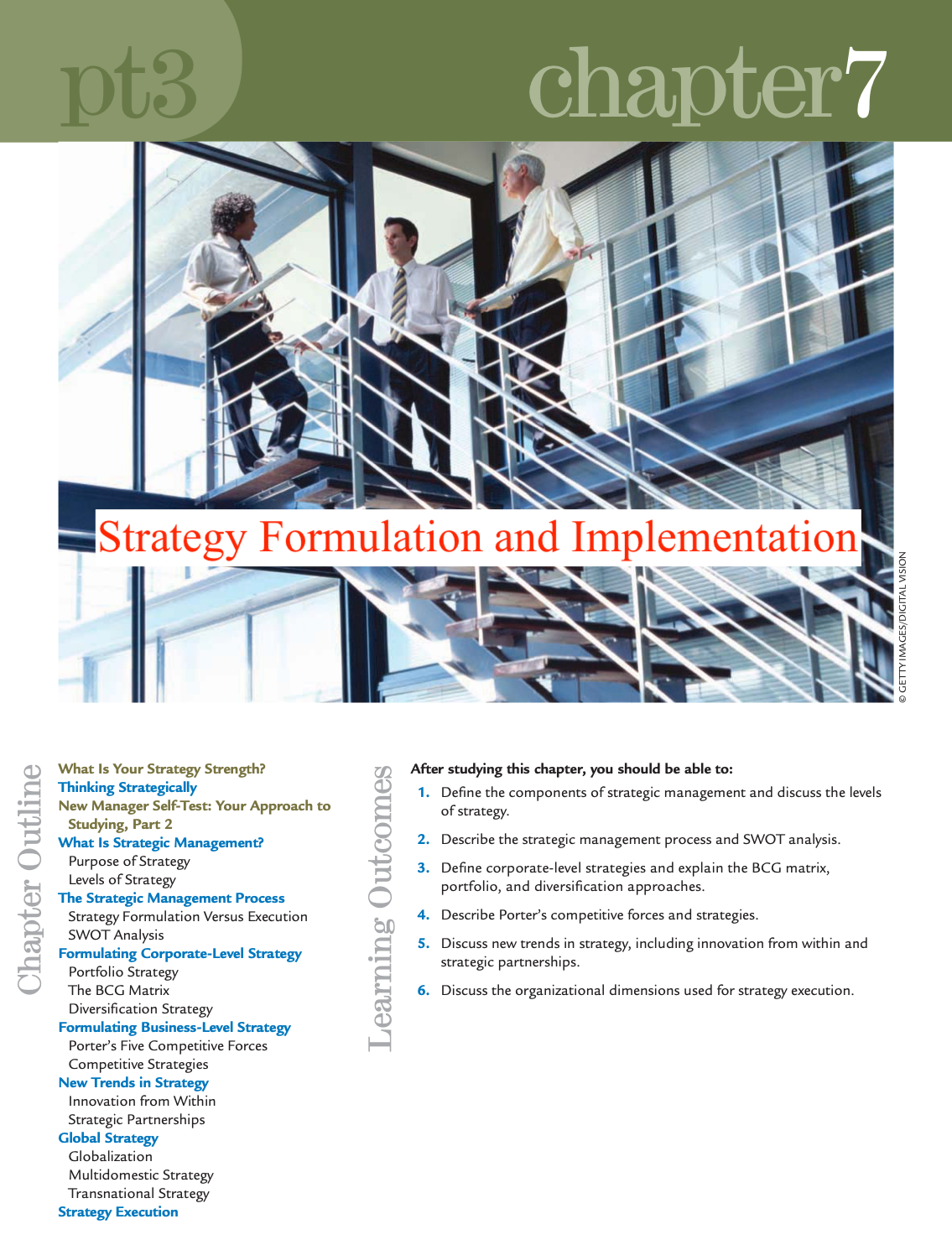
After studying this chapter, you should be able to:
1. Define the components of strategic management and discuss the levels of strategy.
2. Describe the strategic management process and SWOT analysis.
3. Define corporate-level strategies and explain the BCG matrix, portfolio, and diversifi cation approaches.
4. Describe Porter’s competitive forces and strategies.
5. Discuss new trends in strategy, including innovation from within and strategic partnerships.
6. Discuss the organizational dimensions used for strategy execution.
Describe the factors that shape a manager's ethical decision making !
5th session; Managing Change and Innovation Managers as Decision Makers
Strategy Formulation and Implementation
Decision Making
6th session; Foundations of Planning Strategic Management
Introduction
Dear students...
After reading this chapter, you should be able to:
- Discuss how development is related to training and careers.
- Identify the methods organizations use for employee development.
- Describe how organizations use assessment of personality type, work behaviors, and job performance to plan employee development.
- Explain how job experiences can be used for developing skills.
- Summarize principles of successful mentoring programs.
- Tell how managers and peers develop employees through coaching.
- Identify the steps in the process of career management.
- Discuss how organizations are meeting the challenges of the “glass ceiling,” succession
- planning, and dysfunctional managers.
CLOSING
Thank you very much for your seriousness in participating in the learning. PBL decision will be announced later
A manager’s work is infl uenced by how the company is organized. New managers are typically more comfortable and more effective working in an organization system that is compatible with their leadership beliefs. Yet all organizations wrestle with the question of structural design, and reorganization often is necessary to refl ect a new strategy, changing market conditions, or innovative technology. Good managers understand and learn to work within a variety of structural confi gurations. In recent years, many companies have realigned departmental groupings, chains of command, and horizontal coordination mechanisms to attain new strategic goals.
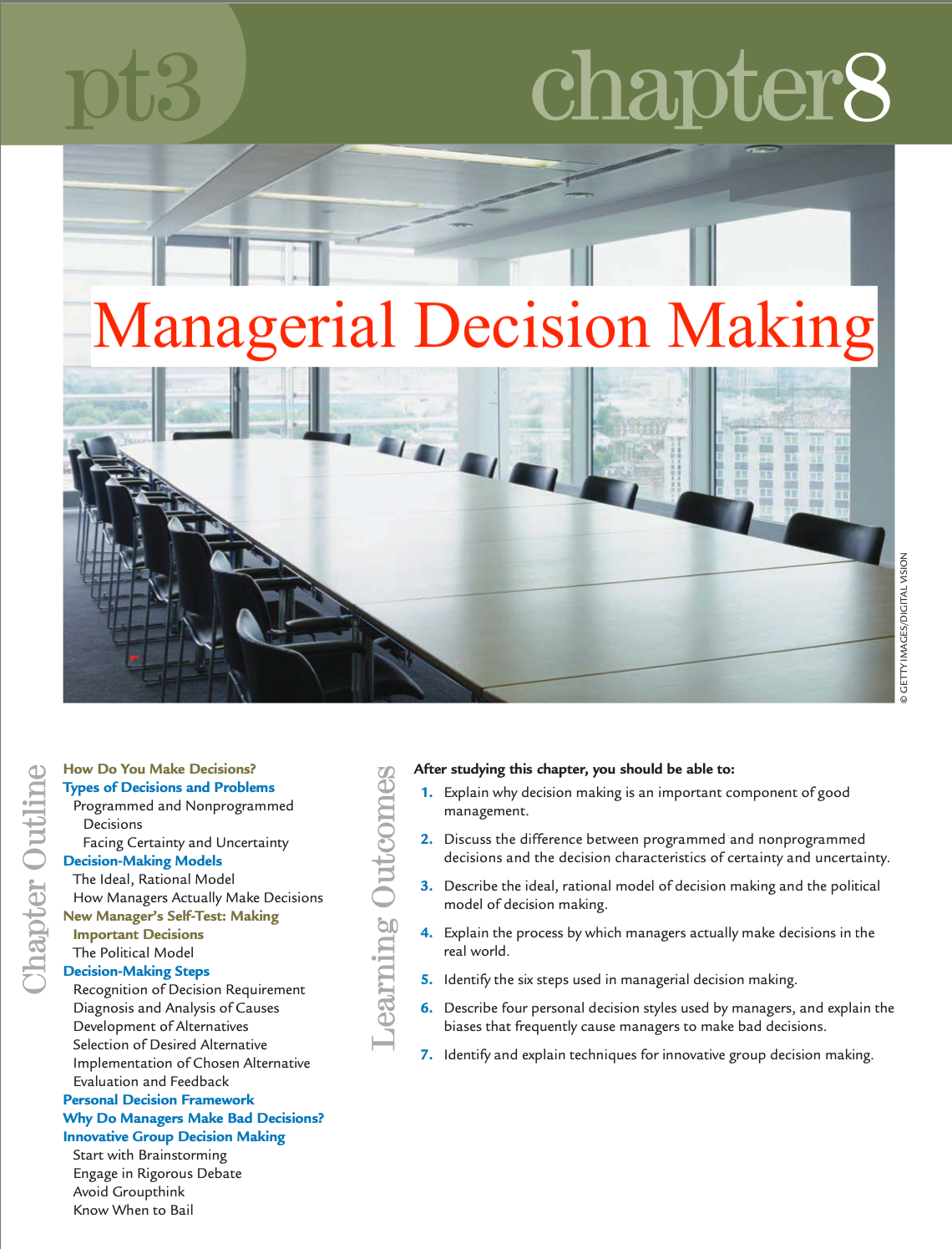
7th session; Basic Organizational Design Adaptive Organizational Design

- Answer the exam questions
- You are not limited by time and attempt, please try to reach the highest score
1. Describe the strategic management process and SWOT analysis.
3. Define corporate-level strategies and explain the BCG matrix, portfolio, and diversification approaches.
good luck :)
8th session; MID TERM
- Assalamu'alaikum wr wb
Dear students...
After reading this chapter, you should be able to:- Define high-performance work systems, and identify the elements of such a system.
- Summarize the outcomes of a high-performance work system.
- Describe the conditions that create a high-performance work system.
- Explain how human resource management can contribute to high performance.
- Discuss the role of HRM technology in high-performance work systems.
- Summarize ways to measure the effectiveness of human resource management.

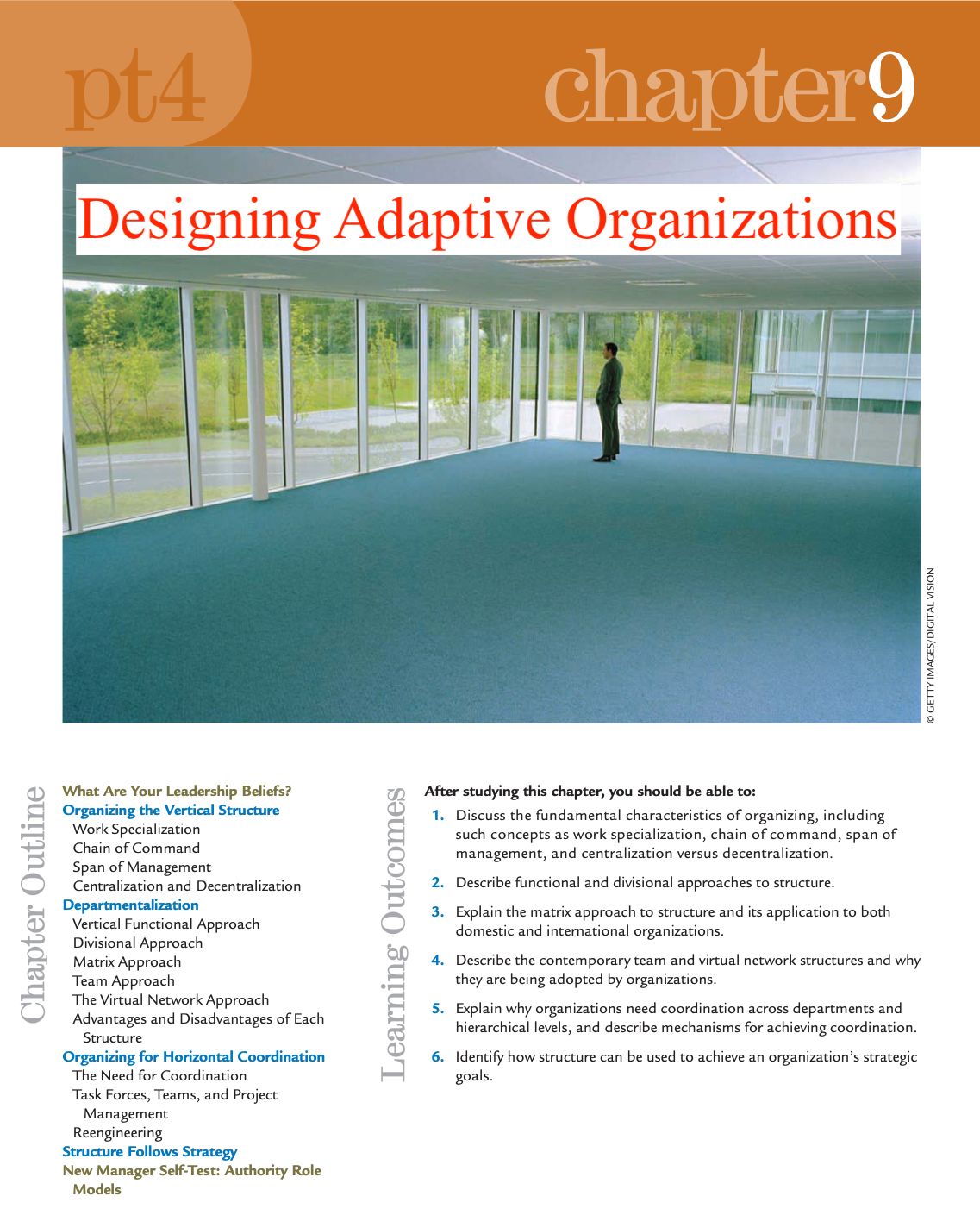
Session 10: Managing Employee's Performance
Assalamu'alaikum wr. wb.
Dear students...
After reading this chapter, you should be able to:
- Identify the activities involved in performance management.
- Discuss the purposes of performance management systems.
- Define five criteria for measuring the effectiveness of a performance management system.
- Compare the major methods for measuring performance.
- Describe major sources of performance information in terms of their advantages and disadvantages.
- LO 10-6 Define types of rating errors, and explain how to minimize them.
- Explain how to provide performance feedback effectively.
- Summarize ways to produce improvement in unsatisfactory performance.
- Discuss legal and ethical issues that affect performance management.

Session 11: Separating and Retaining Employee
Assalamu'alaikum wr wb
Dear students..
After reading this chapter, you should be able to: L
- Distinguish between involuntary and voluntary turnover, and describe their effects on an organization.
- Discuss how employees determine whether the organization treats them fairly. L
- Identify legal requirements for employee discipline.
- Summarize ways in which organizations can discipline employees fairly.
- Explain how job dissatisfaction affects employee behavior.
- Describe how organizations contribute to employees’ job satisfaction and retain key employees.

Session 12: Establishing Pay Structure
- Assalamu'alaikum wr. wb
Dear students...
After reading this chapter, you should be able to:- Identify the kinds of decisions involved in establishing a pay structure.
- Summarize legal requirements for pay policies.
- Discuss how economic forces influence decisions about pay.
- Describe how employees evaluate the fairness of a pay structure.
- Explain how organizations design pay structures related to jobs.
- Describe alternatives to job-based pay.
- Summarize how to ensure that pay is actually in line with the pay structure.
- Discuss issues related to paying employees serving in the military and paying executives.
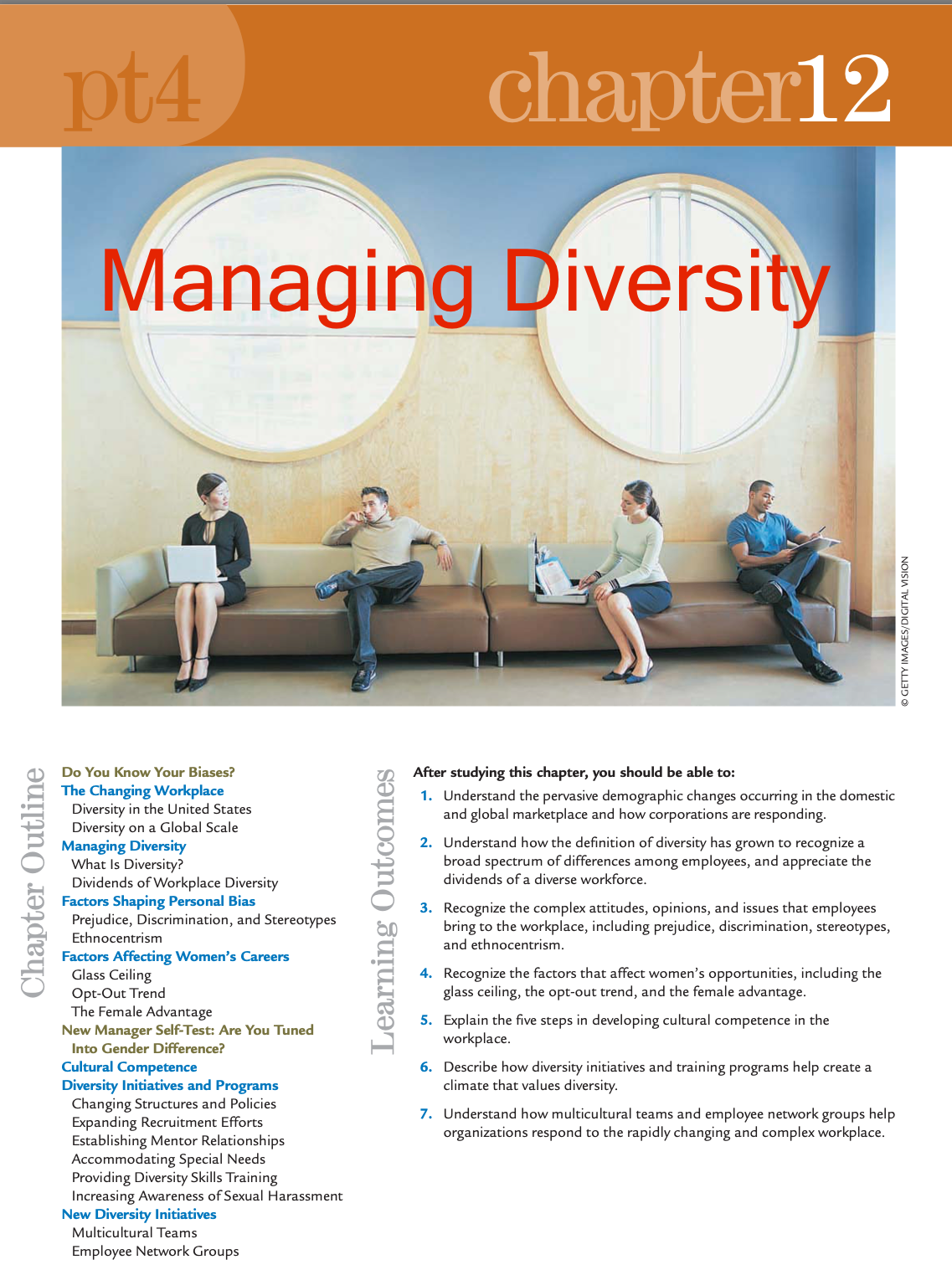
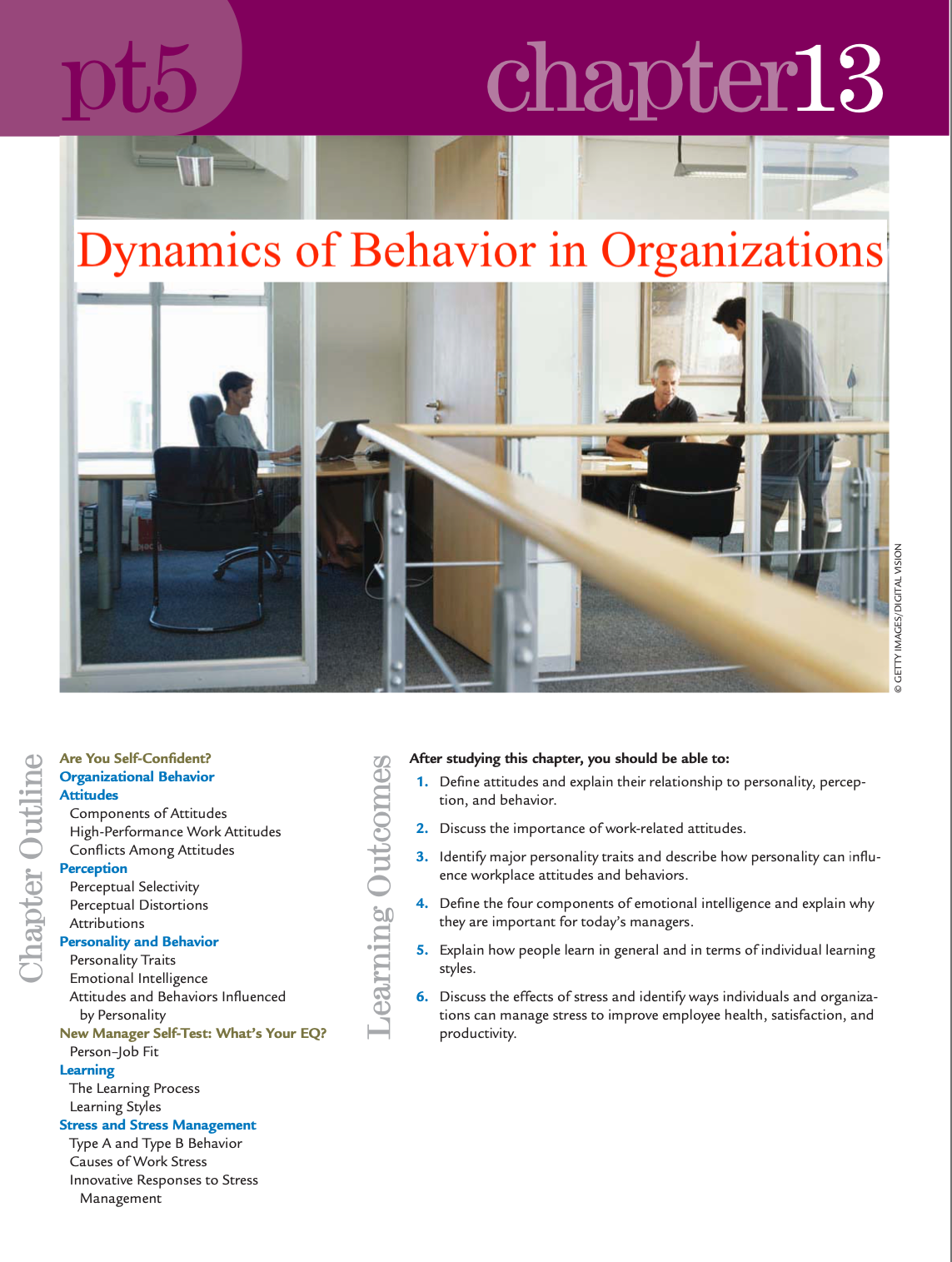
Group task:
- Find news related to managing diversity, can be cases in local/national/international companies (negative news or positive news)
- Provide a scientific argument for the case, based on the material in chapter 12.
- Please develop the argument according to the views of your group.
- Create in pdf, consisting of articles/news (include the source) and your arguments.
Submit your assignment here, no later than 22 November 2022
Session 13: Recognizing Employee Contribution with Pay
Assalamu'alaikum wr. wb.
Dear students...
After reading this chapter, you should be able to:
- Discuss the connection between incentive pay and employee performance.
- Describe how organizations recognize individual performance.
- Identify ways to recognize group performance.
- Explain how organizations link pay to their overall performance.
- Describe how organizations combine incentive plans in a “balanced scorecard.”
- Summarize processes that can contribute to the success of incentive programs.
- Discuss issues related to performance-based pay for executives.
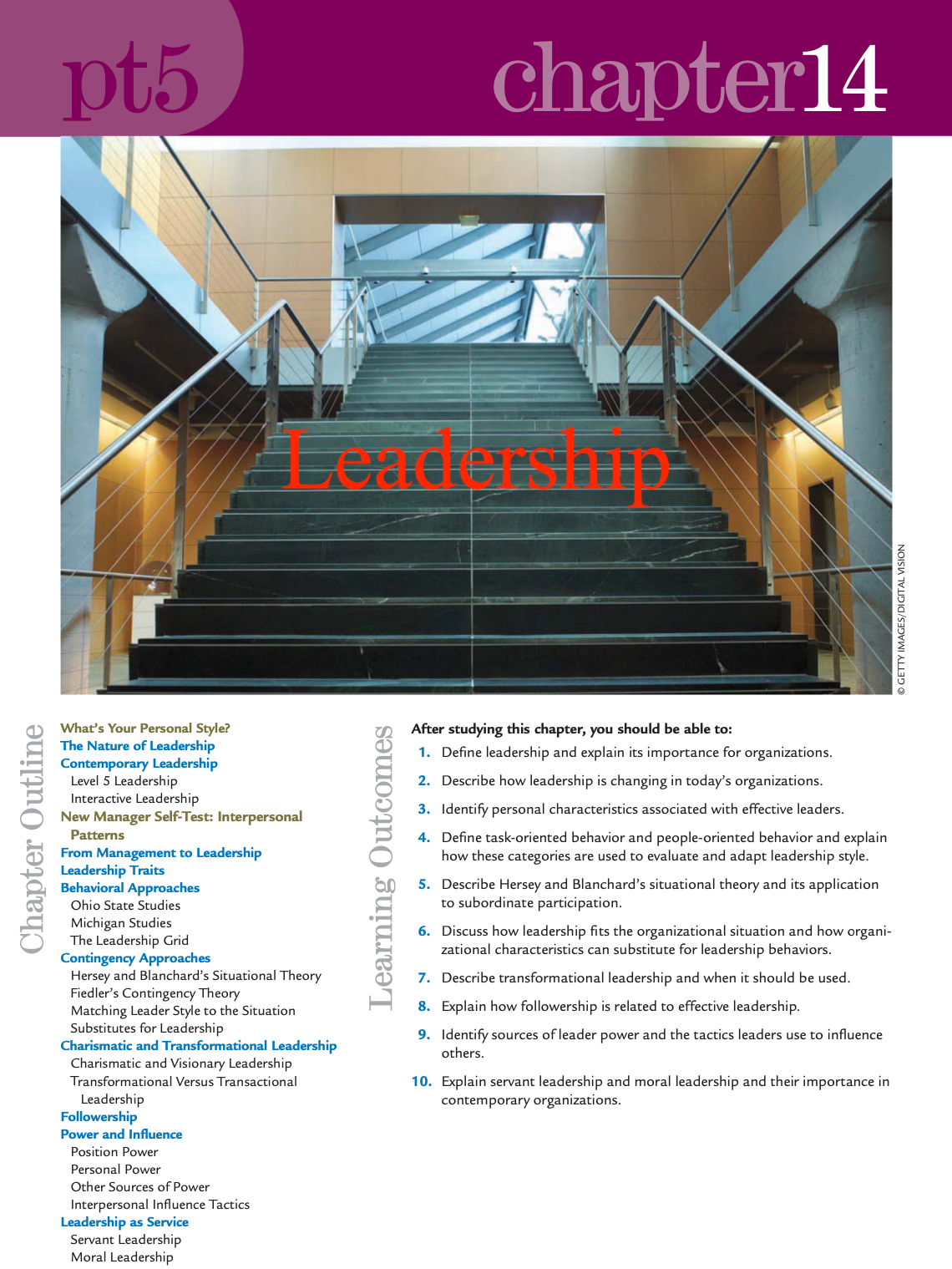

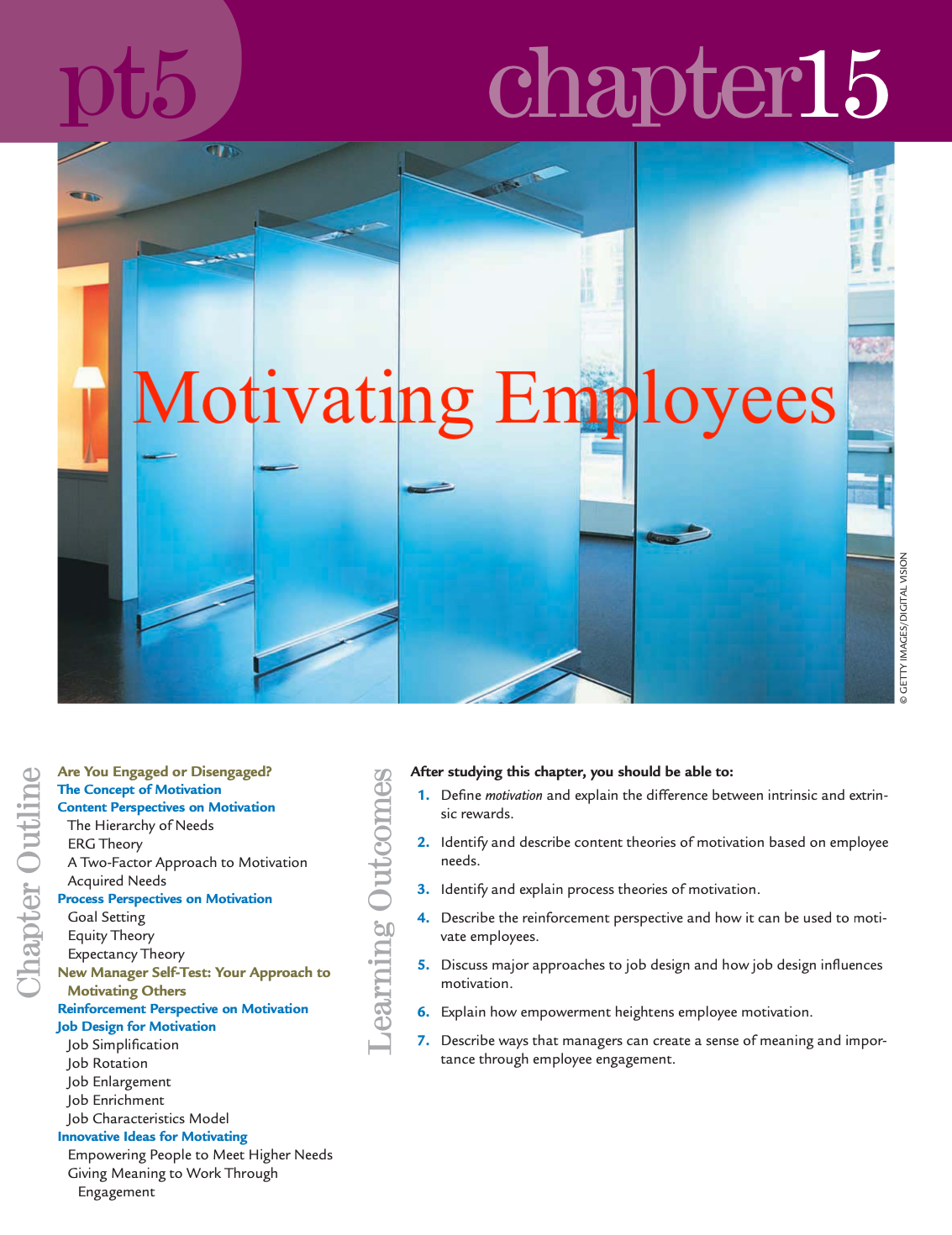
Session 13: Recognizing Employee Contribution with Pay
Assalamu'alaikum wr. wb
Dear students..
After reading this chapter, you should be able to:
- Discuss the importance of benefits as a part of employee compensation.
- Summarize the types of employee benefits required by law.
- Describe the most common forms of paid leave.
- Identify the kinds of insurance benefits offered by employers.
- Define the types of retirement plans offered by employers.
- Describe how organizations use other benefits to match employees’ wants and needs.
- Explain how to choose the contents of an employee benefits package.
- Summarize the regulations affecting how employers design and administer benefits programs.
- Discuss the importance of effectively communicating the nature and value of benefits to employees.
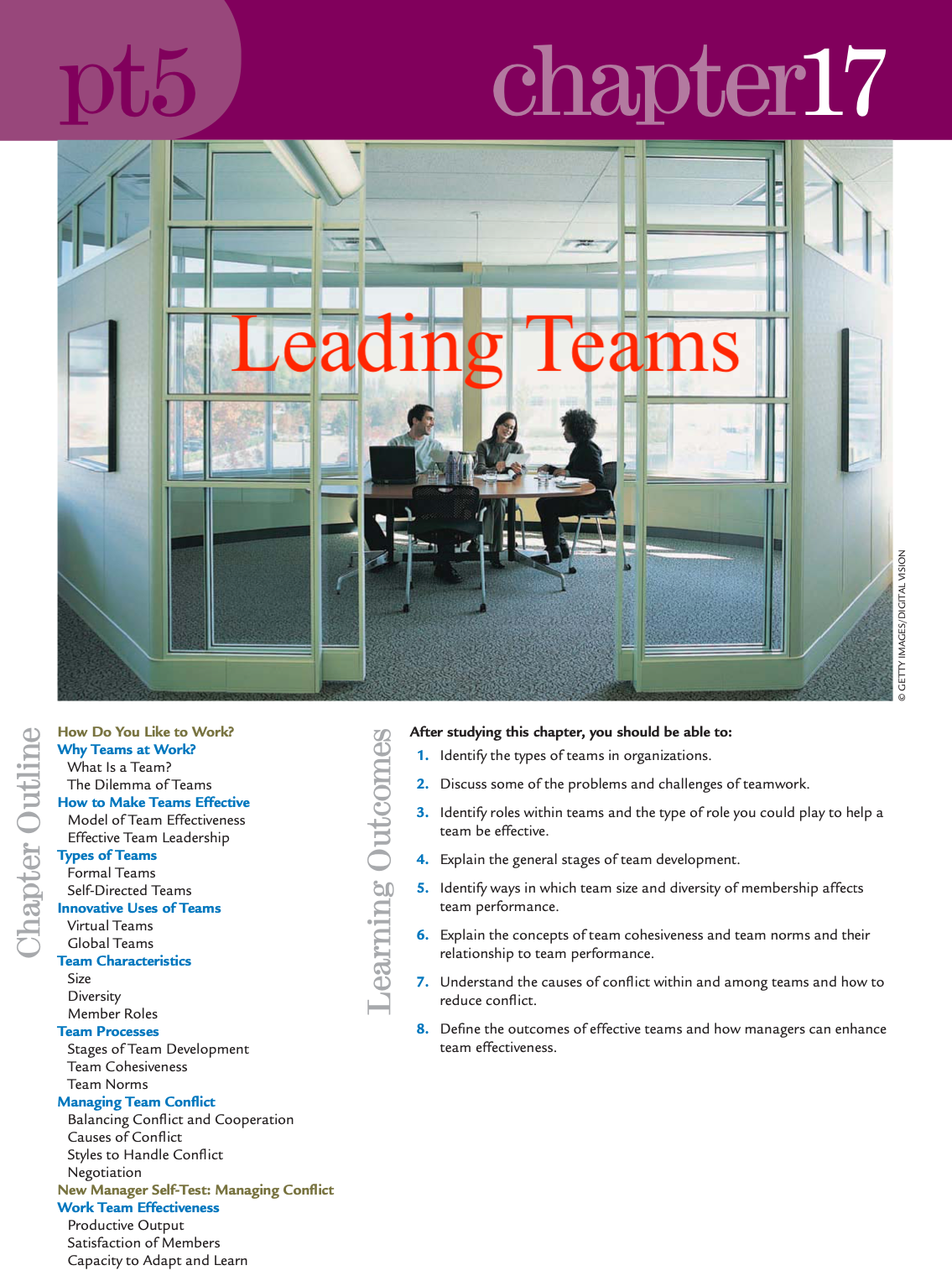

Session 14: Providing Employee Benefit
Assalamu'alaikum wr. wb
Dear students...
After reading this chapter, you should be able to:
- Define unions and labor relations and their role in organizations.
- Identify the labor relations goals of management, labor unions, and society.
- Summarize laws and regulations that affect labor relations.
- Describe the union organizing process.
- Explain how management and unions negotiate contracts.
- Summarize the practice of contract administration.
- Describe new approaches to labor-management relations.
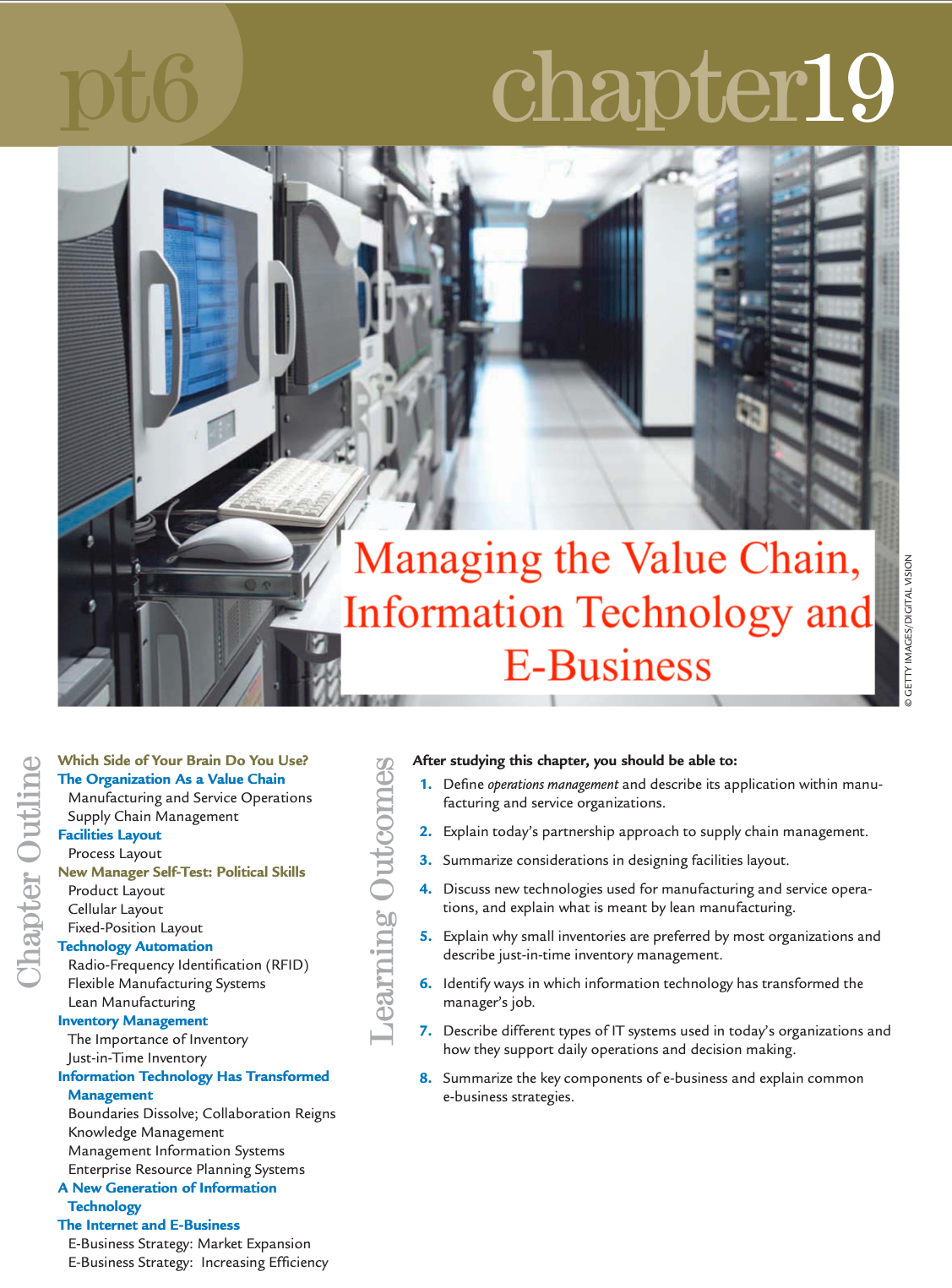
15th Session; Ch 19. Managing Entrepreneurial Ventures
16th session: FINAL TEST

